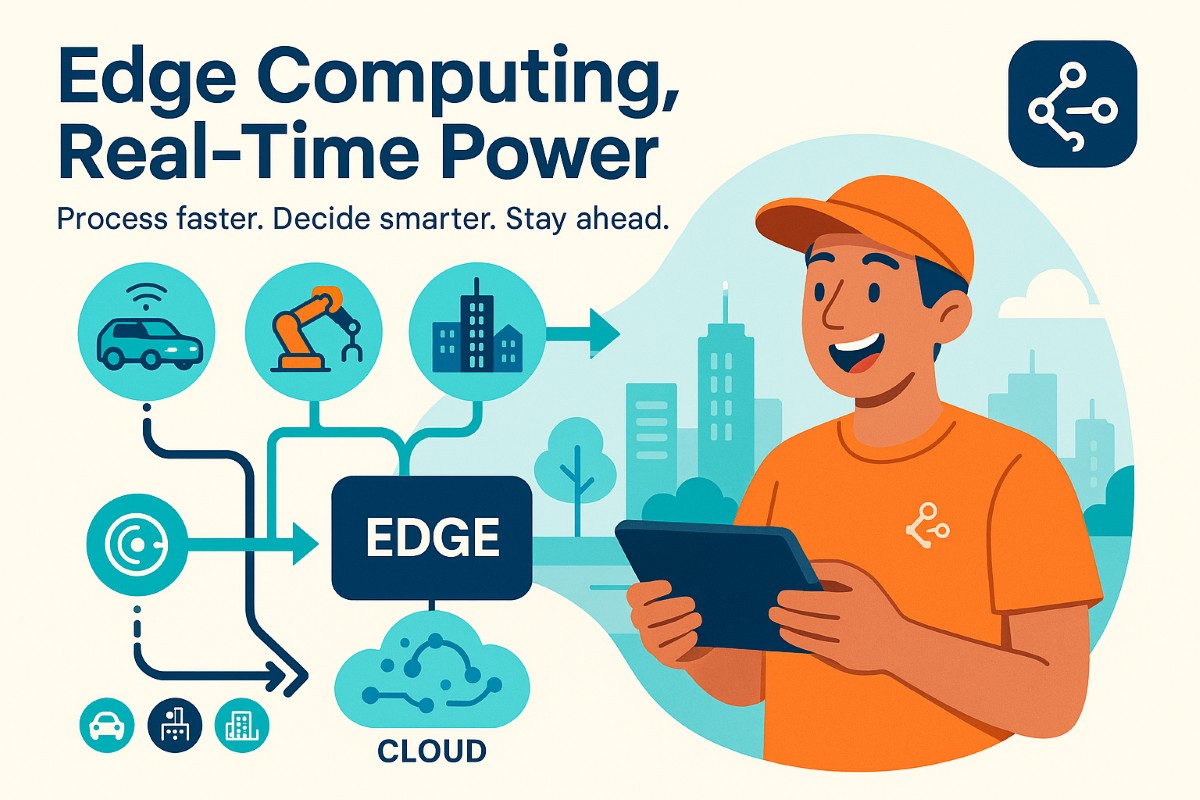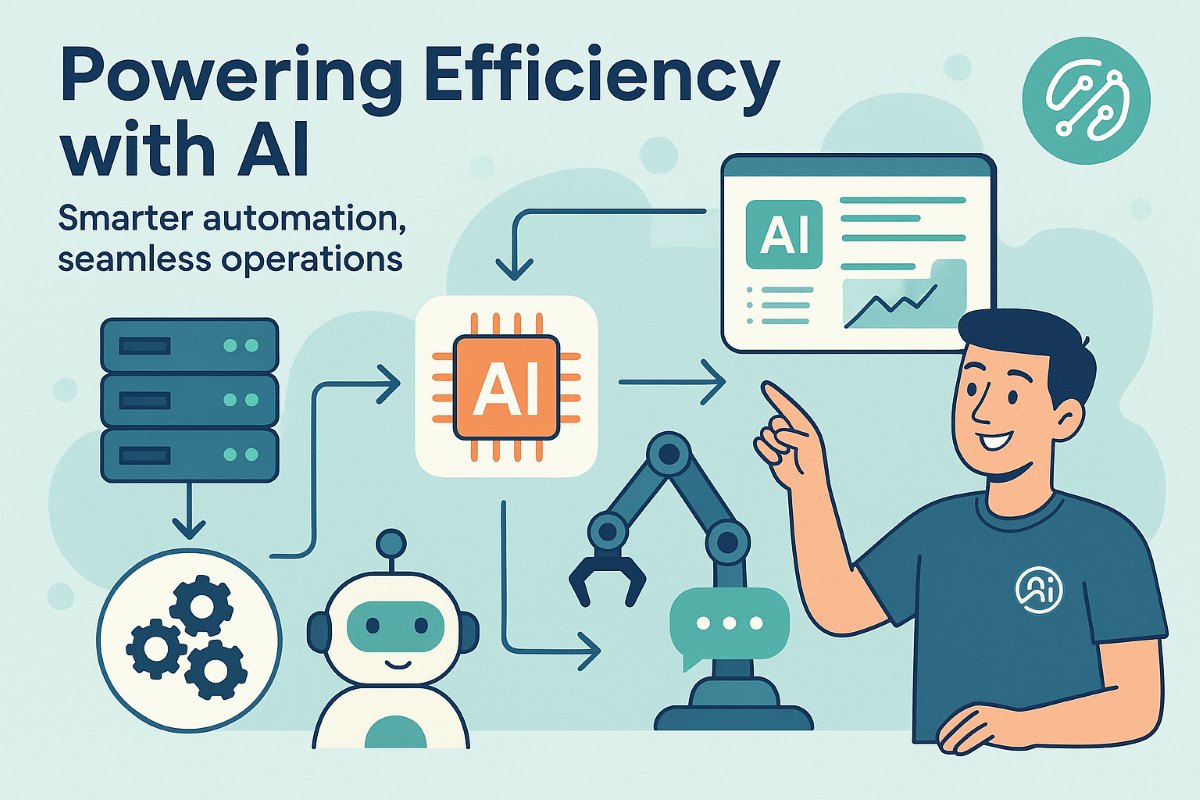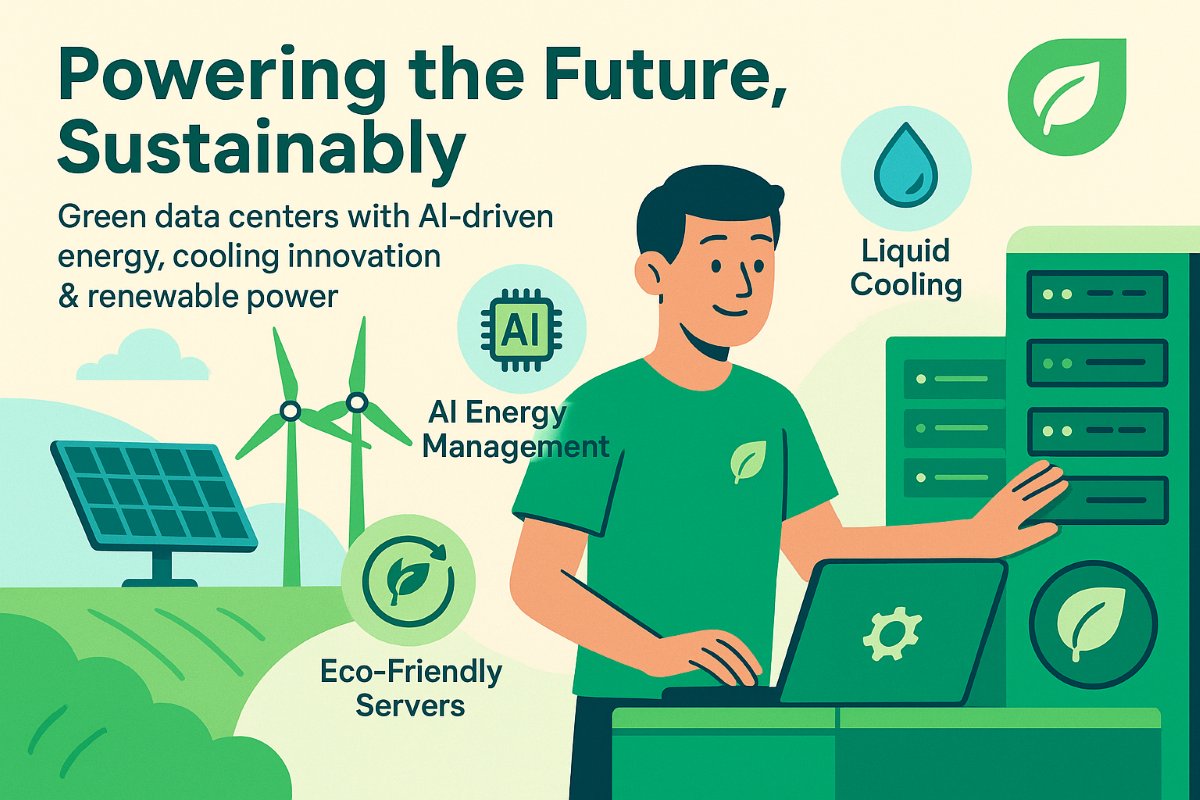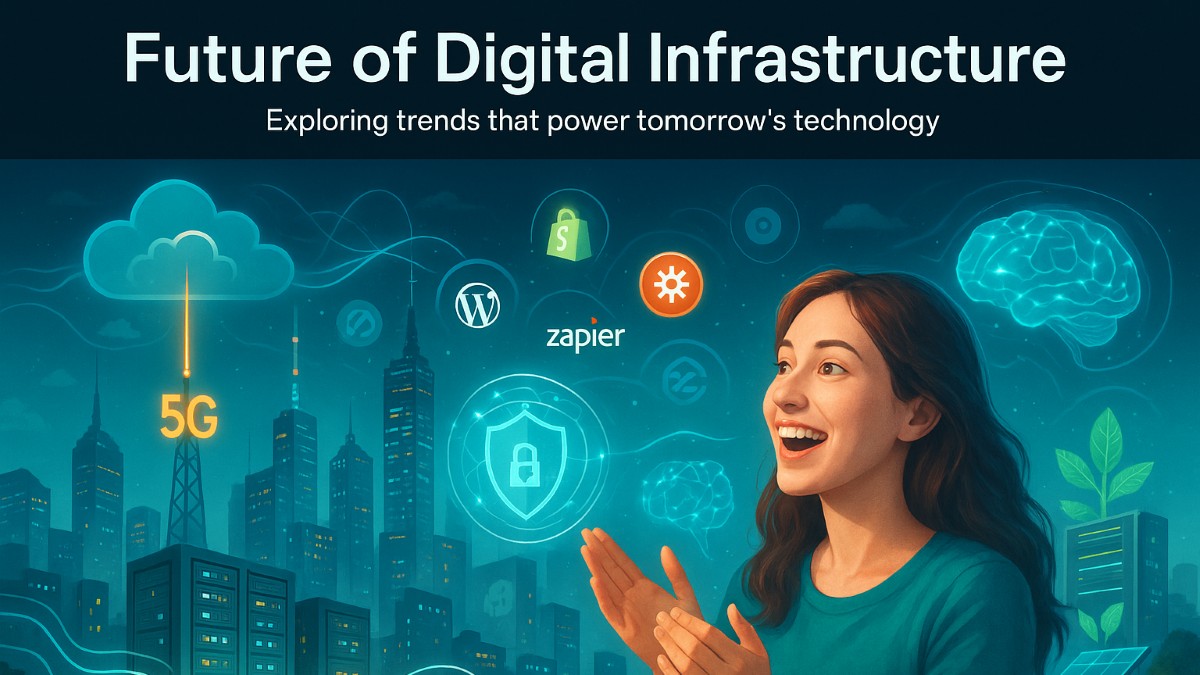In today’s fast-paced digital landscape, businesses and individuals rely more than ever on cutting-edge technologies to drive innovation, efficiency, and connectivity. From cloud computing to edge computing and cybersecurity advancements, digital infrastructure is constantly evolving to meet the growing demands of users worldwide. In this article, we explore some of the most significant trends shaping the future of digital infrastructure and why they matter.
The Rise of Edge Computing

As businesses and consumers generate massive amounts of data, traditional cloud computing models are being supplemented with edge computing solutions. Edge computing brings processing power closer to the data source, reducing latency and improving real-time decision-making. This is particularly important for applications such as autonomous vehicles, industrial automation, and smart cities, where instant data processing is crucial.
By decentralizing computation and reducing dependence on centralized data centers, edge computing enhances performance and security. Organizations looking to gain a competitive edge are increasingly adopting this technology to optimize operations and improve customer experiences.
Cloud Computing Evolution

Cloud computing remains the backbone of modern digital infrastructure, providing scalable and cost-effective solutions for businesses of all sizes. However, the cloud landscape is rapidly evolving. Hybrid and multi-cloud strategies are becoming the norm, allowing companies to distribute workloads across different cloud environments to maximize performance, reliability, and cost-efficiency.
Moreover, cloud providers are investing heavily in artificial intelligence (AI) and machine learning (ML) integrations, enabling businesses to harness predictive analytics and automation capabilities. As cloud security continues to advance, more enterprises are migrating their critical workloads to the cloud with confidence.
Cybersecurity: A Top Priority

With increasing digitalization comes the heightened risk of cyber threats. Cyberattacks are growing more sophisticated, targeting organizations of all sizes across various industries. As a result, cybersecurity has become a top priority for businesses investing in digital infrastructure.
Zero Trust security models are gaining traction, emphasizing continuous authentication and verification of users and devices before granting access. AI-driven threat detection is also playing a vital role in identifying and mitigating potential security breaches in real time. Companies must adopt proactive security strategies to safeguard sensitive data and maintain trust in an increasingly digital world.
The Role of AI and Automation

AI and automation are revolutionizing digital infrastructure management. From self-healing networks to intelligent data processing, AI-driven solutions are enhancing operational efficiency and reducing human intervention in routine tasks. AI-powered chatbots, predictive maintenance, and robotic process automation (RPA) are just a few examples of how AI is transforming digital operations.
Businesses that embrace AI-driven digital infrastructure gain a significant advantage by reducing costs, minimizing downtime, and improving service delivery. As AI continues to advance, its integration into digital infrastructure will become even more widespread and impactful.
Sustainable and Green Data Centers

As concerns about environmental impact grow, the tech industry is prioritizing sustainability in digital infrastructure. Data centers, which consume vast amounts of energy, are now being designed with energy-efficient cooling systems, renewable energy sources, and carbon offset programs.
Companies are investing in green technologies such as liquid cooling, AI-driven energy management, and low-power processors to reduce their carbon footprint. Sustainable digital infrastructure not only benefits the environment but also helps businesses comply with regulatory requirements and meet the expectations of eco-conscious consumers.
The Expansion of 5G and Beyond

The rollout of 5G networks is transforming digital connectivity, enabling faster data transmission, lower latency, and enhanced network capacity. With 5G, industries such as healthcare, manufacturing, and entertainment are leveraging ultra-fast connections to power innovations like remote surgeries, IoT-driven automation, and high-definition streaming.
Beyond 5G, research into 6G networks is already underway, promising even greater speed and connectivity advancements. The future of digital infrastructure will be defined by these next-generation networks, paving the way for smarter, more connected ecosystems.
Conclusion
The future of digital infrastructure is being shaped by advancements in edge computing, cloud evolution, cybersecurity, AI, sustainability, and next-generation connectivity. As businesses and individuals navigate this ever-changing landscape, staying informed about emerging trends is essential for making strategic decisions.
For organizations seeking reliable digital infrastructure solutions, platforms such as BlueServers https://blueservers.com/ provide robust hosting and networking services tailored to modern business needs. By leveraging cutting-edge technologies, businesses can enhance performance, security, and scalability in an increasingly digital world.



